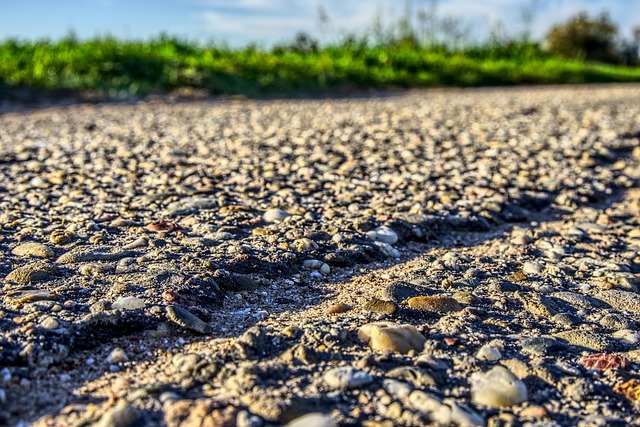As the frequency and intensity of extreme weather events increases due to climate change, the devastating impact on biodiversity is becoming alarmingly clear. The decline of biodiversity poses a serious threat not only to the natural world but also to human existence. From torrential storms to prolonged droughts, our planet is experiencing shifts that threaten the delicate ecosystems which support a vast array of life.
Extreme weather disrupts habitat, causing animals to flee or adapt in ways that can lead to declining populations. For example, severe storms can destroy nesting grounds, while extreme heat waves can create inhospitable environments for many species. Marine life is not spared, as rising ocean temperatures and acidification challenge the survival of coral reefs, which are foundational to marine biodiversity. The interdependence of species means that the loss of one can spiral into broader declines, influencing entire ecosystems and the services they provide to us.
The heartbreaking reality is that species previously considered safe are now facing extinction. Take the case of amphibians, for example; they are particularly vulnerable due to their permeable skin and complex life cycles which require both land and water. As extreme weather shifts the availability of these crucial habitats, we see significant declines in amphibian populations, signaling the ripple effects to come.
Furthermore, as climate change accelerates, even resilient species become vulnerable. The changing climate conditions mean that many animals are forced to migrate to find suitable habitats, but with urbanization and habitat fragmentation, their paths are often blocked. This not only leads to population declines but also contributes to genetic homogenization, reducing the resilience of species to adapt to future changes.
The decline of biodiversity is not merely an environmental concern but one that affects food security, health, and economic stability. Healthy ecosystems provide essential services such as crop pollination, water filtration, and disease regulation. As we continue to witness extreme weather events, it is essential to understand that these impacts are intertwined with climate change; they are not isolated incidents but are reflective of larger systemic issues.
The question we must ask ourselves is: what will it take for us to recognize the urgency of protecting our planet’s rich diversity? Public awareness and action must be prioritized to safeguardour ecosystems. Educating ourselves about the relationship between extreme weather and biodiversity can foster a sense of responsibility and urgency to combat climate change.
As individuals, we can contribute by supporting policies aimed at reducing carbon footprints and investing in conservation efforts. By participating in local initiatives, whether it’s planting trees or advocating for sustainable practices, we can create a collective impact that helps to mitigate the effects of extreme weather. The time for action is now—our planet’s biodiversity depends on it.




